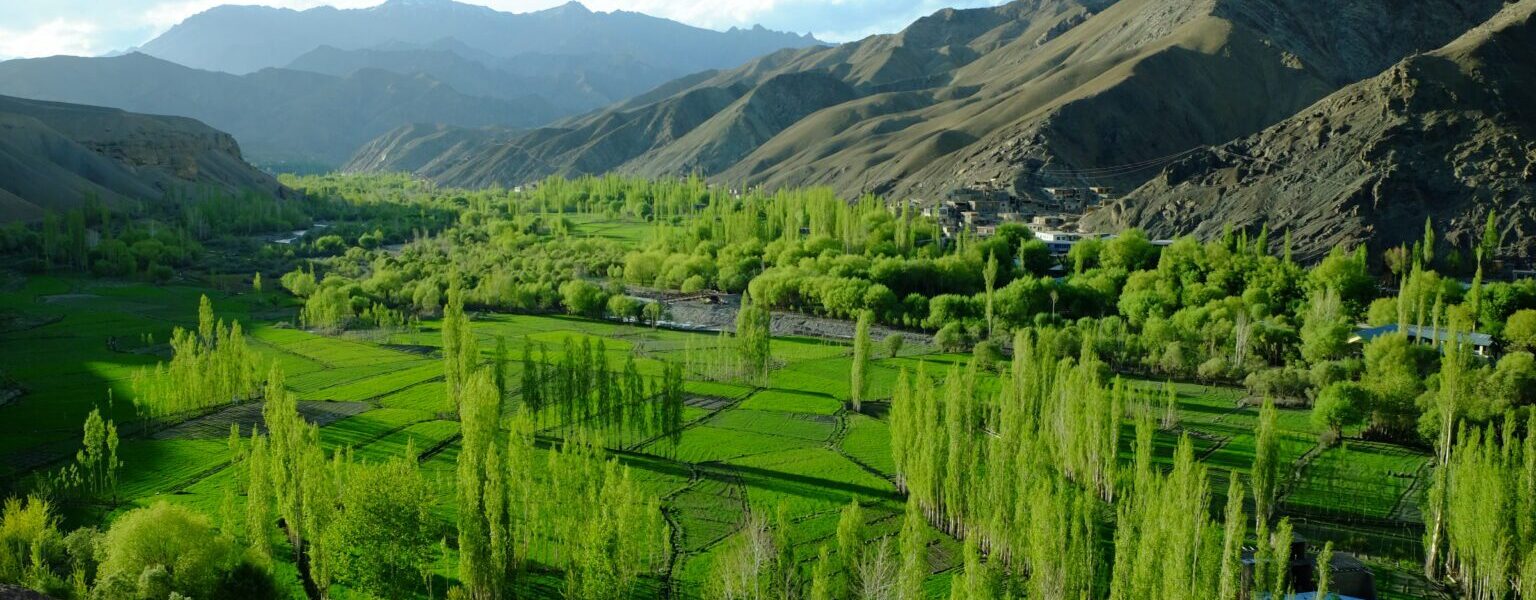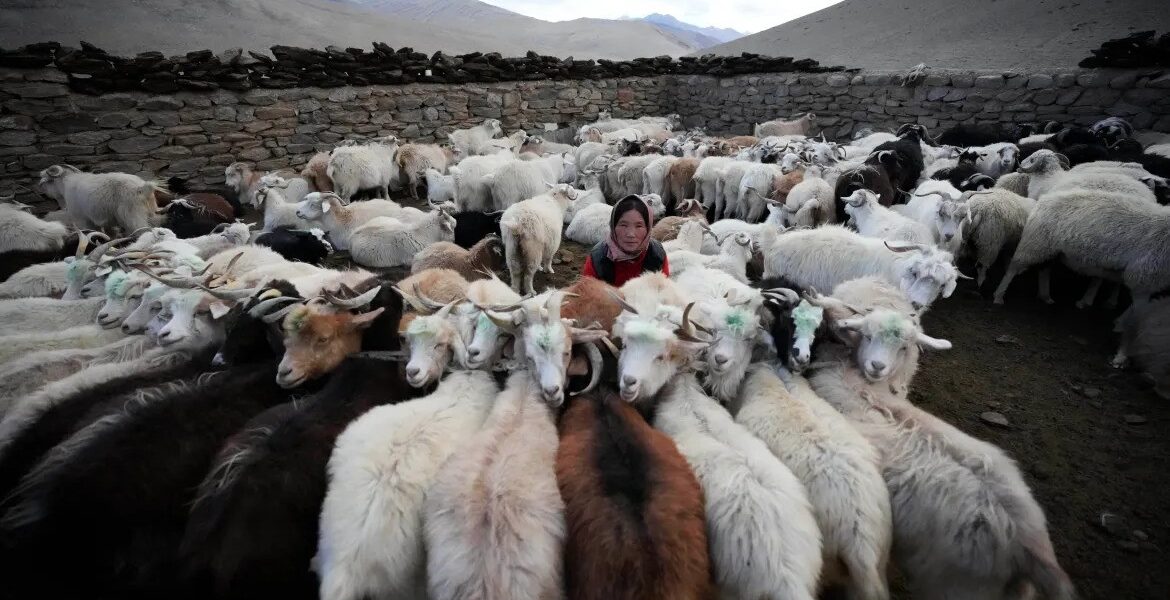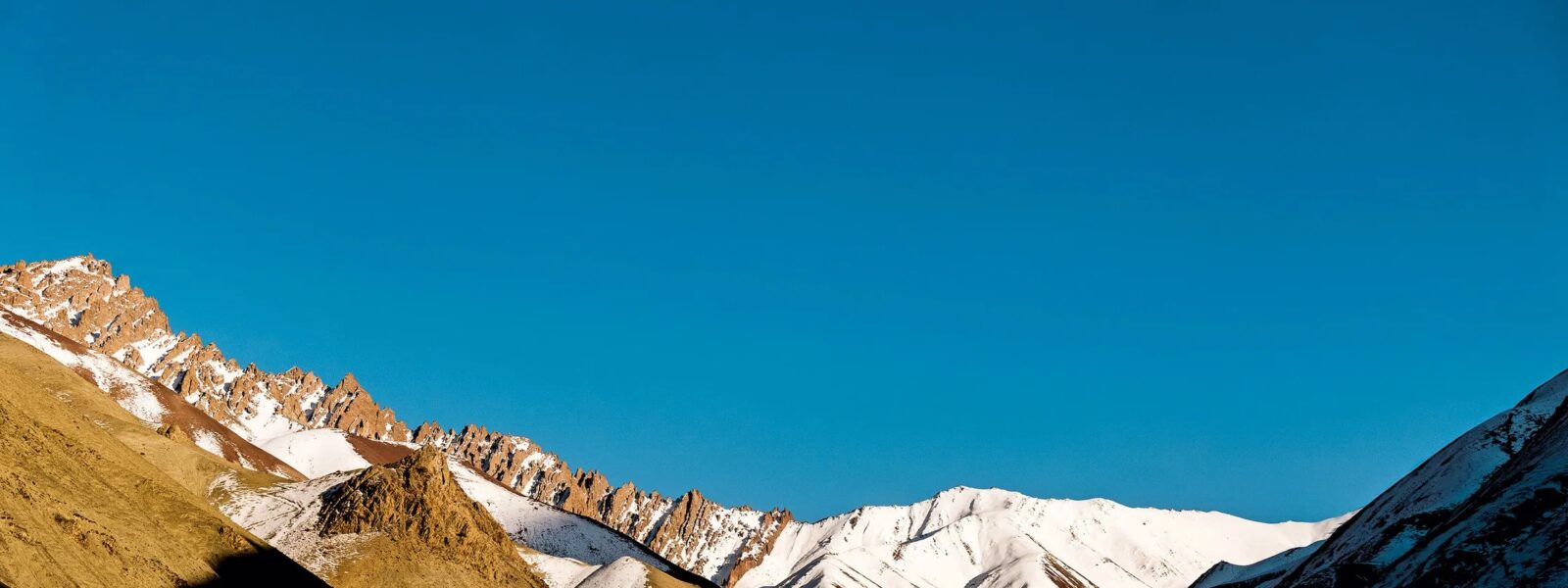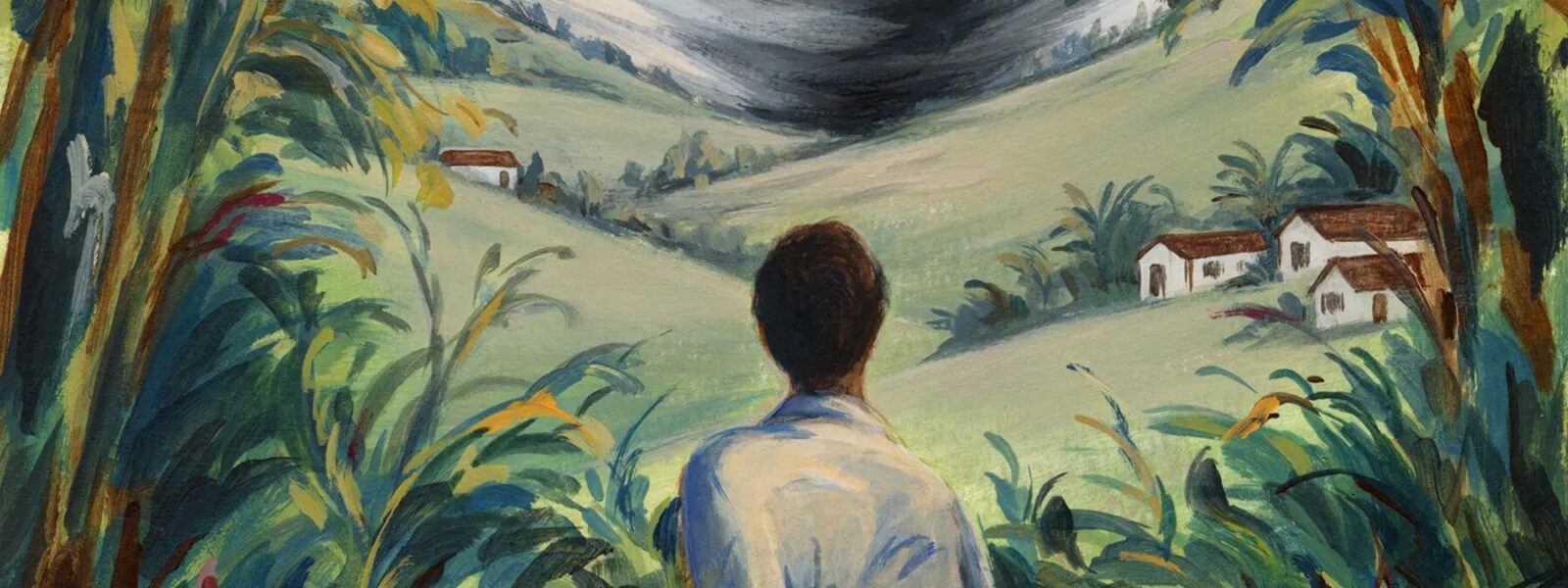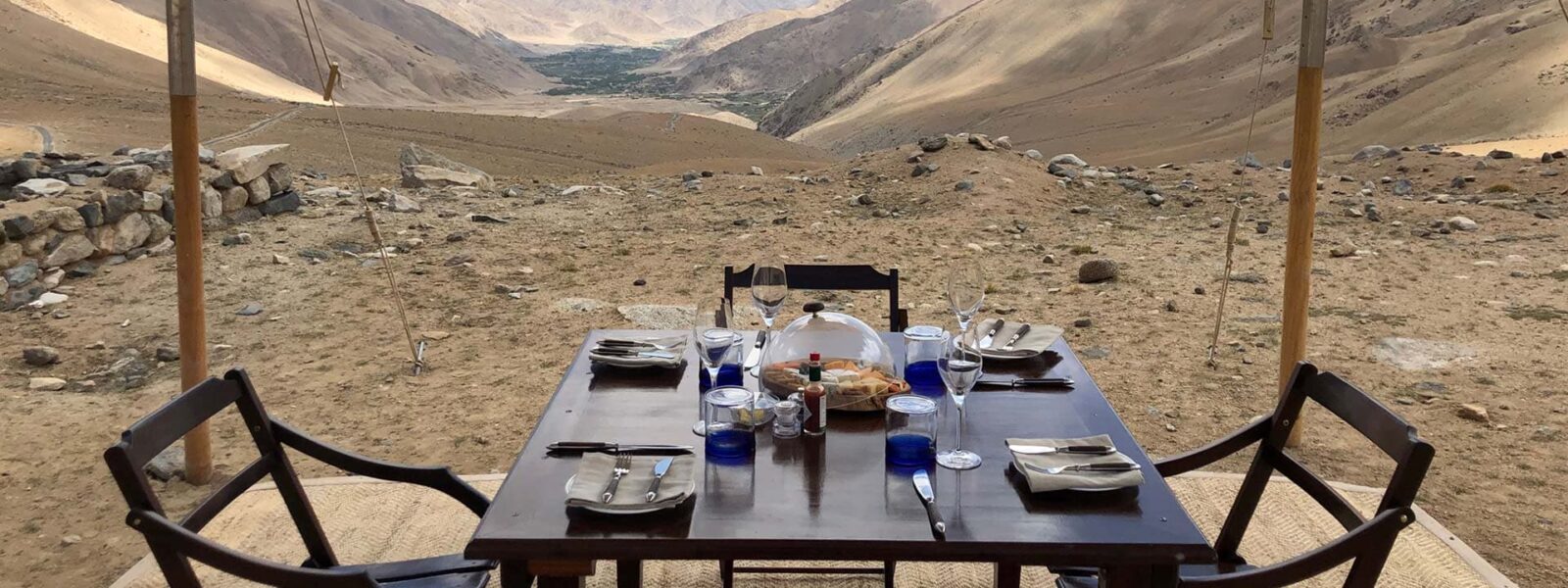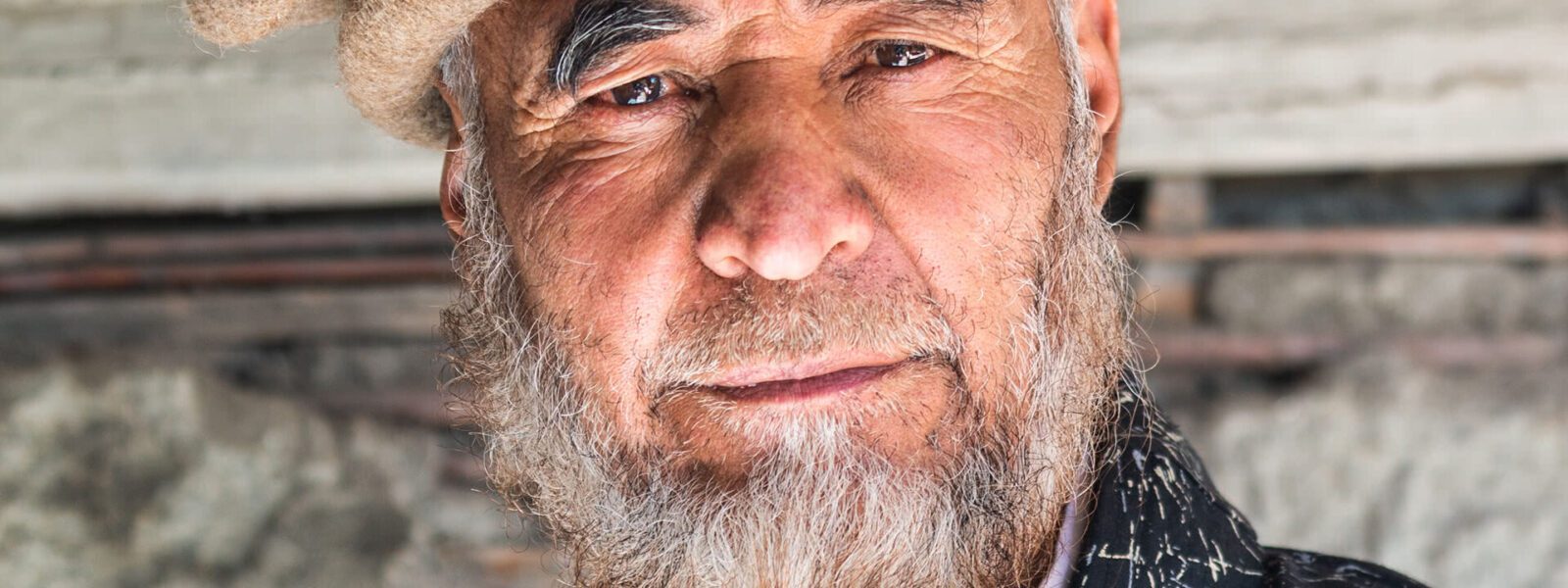1. Chiktan – The Fortress in the Mist
There’s a certain magic to discovering a place no one else talks about. Tucked deep within the folds of Ladakh’s Kargil district lies a village that feels forgotten by time — Chiktan. Surrounded by jagged mountains and reached by winding roads less traveled, this small settlement offers more than breathtaking views. It invites you to step into a piece of history few ever encounter.
At the heart of Chiktan stands the crumbling yet majestic Chiktan Fort, a 16th-century marvel that once rivaled the grandeur of Leh Palace. Though now in ruins, its towering walls and ancient stones still whisper tales of Ladakhi royalty, Persian engineers, and forgotten wars. As you explore the site, the silence is broken only by the wind — it almost feels like the stones remember.
The village itself is a living museum. Traditional Ladakhi homes built from mud and stone blend seamlessly into the hillsides, their flat roofs serving as sun-drying platforms for apricots in summer and chilies in autumn. Life here moves to a different rhythm — slower, deeper, more connected to the land. Elders gather under walnut trees to exchange stories, while children chase goats along narrow lanes bordered by barley fields.
Travelers who make their way to Chiktan often speak of the overwhelming sense of peace. With no commercial tourism in sight, this village retains its raw charm and authenticity. A stay in a local homestay means warming up next to a traditional bukhar (stove), sipping salty butter tea, and waking up to the sound of yaks in the distance. It’s not luxury in the usual sense — it’s something more valuable: a glimpse into a way of life unchanged for generations.
Chiktan isn’t just a destination; it’s a reminder of what Ladakh was before it became a tourism hotspot. It’s for those who seek stories instead of selfies, who treasure the echoes of history more than the buzz of crowds. And when you finally leave, it won’t just be a place you visited — it will be a memory carved into your soul.
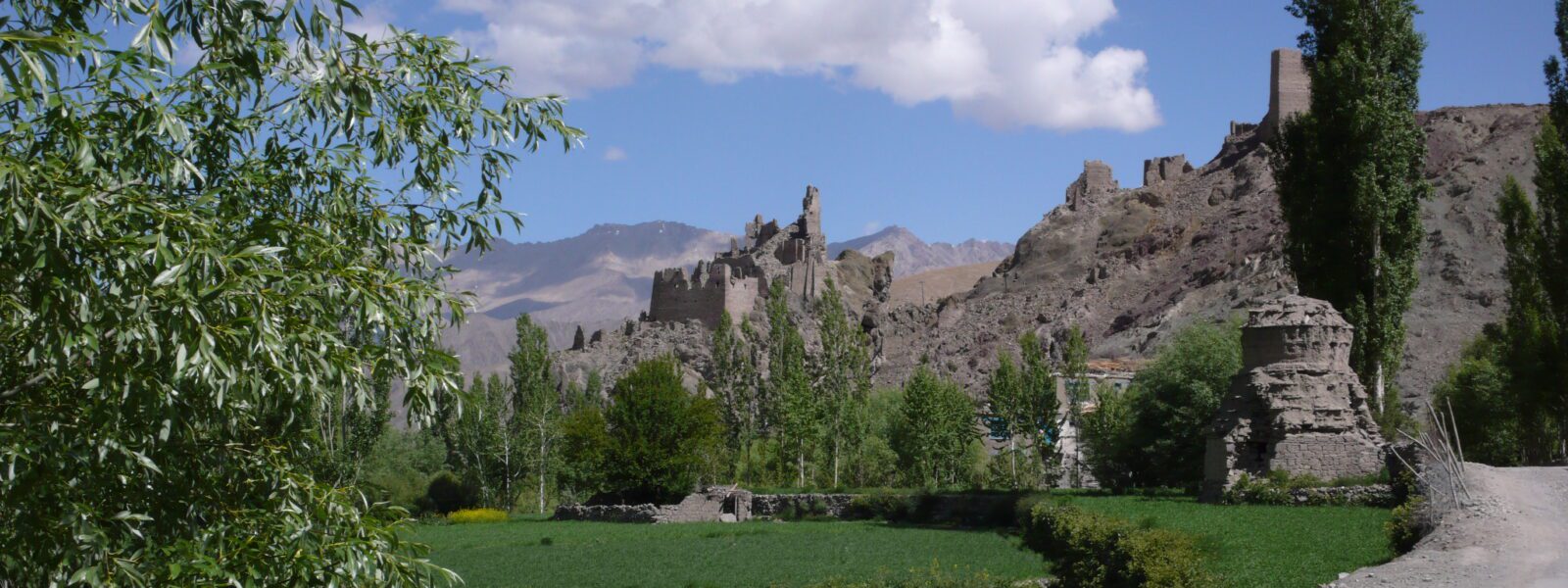
2. Garkone – Among the Aryan Villages
Far beyond the tourist trails of Leh and Pangong lies a place so unique, it feels like stepping into another world — the remote village of Garkone. Nestled in the lush valley along the Indus River, near the Line of Control with Pakistan, Garkone is part of the famous Aryan belt of Ladakh, where time, tradition, and identity take on an entirely different meaning.
Garkone is one of just a handful of villages inhabited by the Brokpa people — a community with Indo-European features, floral headgear, and customs that predate Buddhism’s arrival in Ladakh. According to local legend, the Brokpas are descendants of the army of Alexander the Great, who stayed behind in the Himalayas centuries ago. Whether myth or fact, their distinct culture, language, and attire set them apart from any other group in the region.
Walking through Garkone is a sensory experience. Unlike Ladakh’s arid moonscapes, the village blooms with apricot and walnut trees, wildflowers, and vibrant gardens — all fed by glacier streams. Women wear elaborate headdresses called ghoché, decorated with flowers, coins, and turquoise, while the homes are adorned with dried herbs, horns, and traditional patterns. The air carries the scent of wood smoke and mountain wind, and every path leads to a story.
Visitors are welcomed warmly, often with a cup of herbal tea and genuine curiosity. The villagers are proud of their heritage, but wary of being reduced to a curiosity. Those who arrive with respect and openness will find themselves invited into homes, offered freshly made barley bread, and regaled with tales of ancestral migrations and sacred rituals. Photography is allowed — but always ask. In Garkone, dignity and consent are deeply rooted in the culture.
The village also offers rare opportunities for homestay experiences and cultural immersion. There are no souvenir shops, no menus, and no noise — only the rich silence of mountains and the laughter of children playing beside irrigation canals. If you plan to visit, come with time, humility, and the willingness to listen. Because Garkone is not a destination to be “done” in a day. It’s a place to be felt, understood, and remembered.
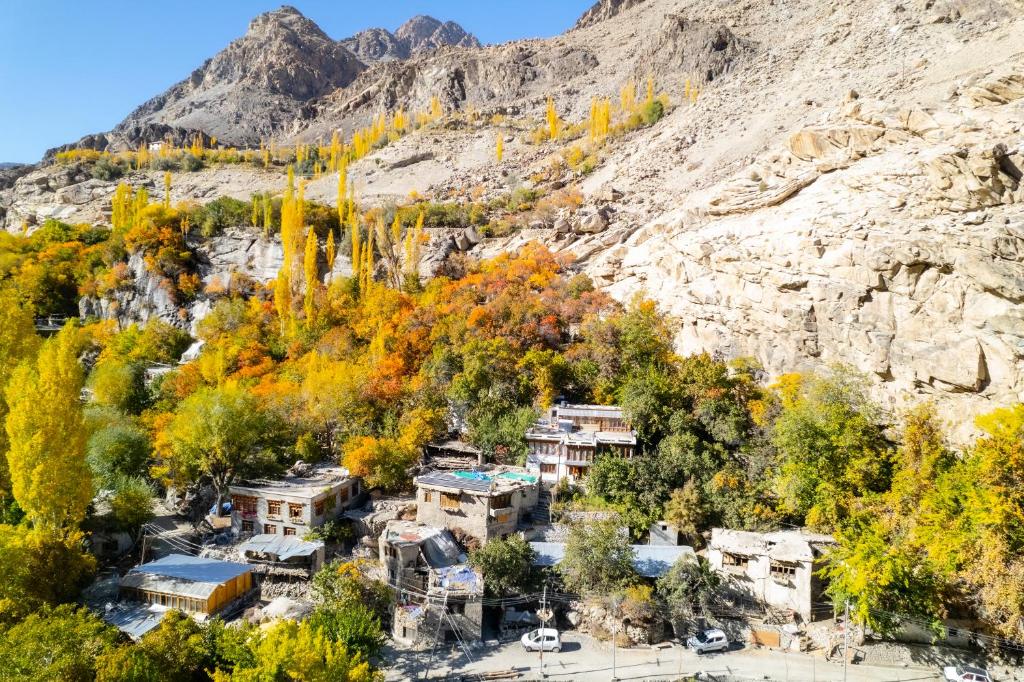
3. Tia – The Hidden Hamlet of sham valley
Perched gently on a sloping hillside in sham valley, the village of Tia is the kind of place that doesn’t appear on tourist maps — and perhaps that’s exactly why it should. It’s a place where cobbled alleys wind past ancient homes, and the rhythm of daily life continues much as it did centuries ago. Visiting Tia feels less like discovering a new destination and more like quietly entering someone’s forgotten dream.
Tia is known among locals for its distinctive architecture, where homes are built close together in a honeycomb-like cluster, their mud-plastered exteriors glowing a warm, earthy tone in the sunlight. Unlike the flat-roofed houses common in Leh, these homes feature slanted roofs and wooden balconies, echoing a style influenced by both Tibetan aesthetics. Many structures are centuries old, still standing strong thanks to techniques passed down through generations.
Life in Tia is built on simplicity and self-sufficiency. In spring and summer, the terraces come alive with barley and wheat, while the crisp air carries the sound of spinning prayer wheels and murmured greetings. Elders wear traditional woolen coats, while children dart between lanes on errands or on their way to school, greeting strangers with open smiles. Despite its remoteness, Tia has a quiet confidence — as if it knows it has nothing to prove.
What makes Tia truly special is the sense of preservation — not as a tourist exhibit, but as a living, breathing heritage. Step inside a family home and you may find hand-carved wooden ceilings, floor cushions worn smooth with use, and a hearth where stories unfold as tea is brewed slowly. Hospitality here is heartfelt and unhurried; a simple lunch of soup and chapati becomes a cherished memory.
Tia remains untouched by commercial tourism. There are no hotels, and only a few homestays operated by families who genuinely enjoy hosting guests. Walking through the village requires time and care — not just to navigate its narrow passages, but to notice the countless details that make it unique. From painted windowsills to ancient storage cellars carved into rock, every corner holds a fragment of Ladakhi resilience and beauty.
For travelers seeking deeper connections and authentic encounters, Tia is more than just a hidden village in Ladakh — it’s a portal into the region’s lesser-known soul. Come here not to tick off a destination, but to remember how travel once felt: quiet, curious, and full of wonder.
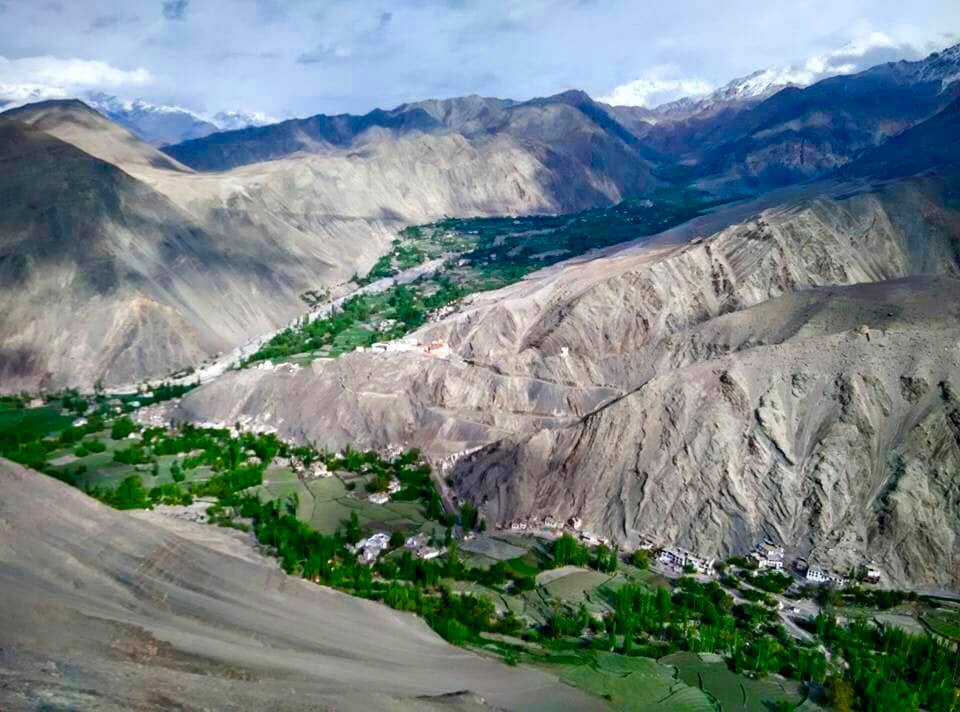
4. Phuktal – The Cave Monastery Village
There are places in the world that seem impossible — dreamlike visions carved out of the cliffs, suspended between earth and sky. Phuktal is one of those rare places. Hidden deep within the folds of the Lungnak Valley in Zanskar, this remote village is best known for its remarkable cave monastery, which appears to defy gravity. But beyond the monastery lies a tiny, breathtaking village that completes the picture — humble, spiritual, and utterly unforgettable.
Phugtal can only be reached on foot. After a rugged journey by vehicle to the nearest roadhead, travelers trek for several hours along wild mountain trails, crossing rivers and cliffs, to arrive at what feels like the edge of the world. What awaits is more than a destination — it’s a communion with centuries of devotion and solitude.
The Phuktal Monastery itself is built into the mouth of a natural cave and has served as a sanctuary for monks, sages, and scholars since the 12th century. The cave, said to have been a meditation site for ancient Indian sages, now shelters a complex of prayer halls, monks’ quarters, and classrooms. The atmosphere is charged with a serene energy, heightened by the chants echoing softly against the cave walls.
Surrounding the monastery is the small village of Phuktal — a cluster of simple homes connected by narrow dirt trails and prayer flags that flutter in the high-altitude wind. Life here is elemental: families tend to their livestock, children study in a modest school run by the monastery, and everyone shares in the rhythm of communal living. There’s no electricity, no internet, no luxury — just the profound stillness of the mountains and the warmth of shared humanity.
Travelers who make the journey to Phuktal often speak of its spiritual weight. The silence here is not empty; it’s full of meaning. Whether you’re meditating inside the monastery, sharing a meal of lentils and rice with local families, or simply gazing out over the valley from a stone ledge, you feel something shift. The distractions of the modern world fade, and in their place is a kind of quiet awakening.
Phuktal is not a place to visit lightly. It demands effort, humility, and a willingness to be changed. But for those who accept the challenge, it offers one of the most profound experiences Ladakh has to give — a village where the ancient still lives, and where each footstep becomes a prayer.
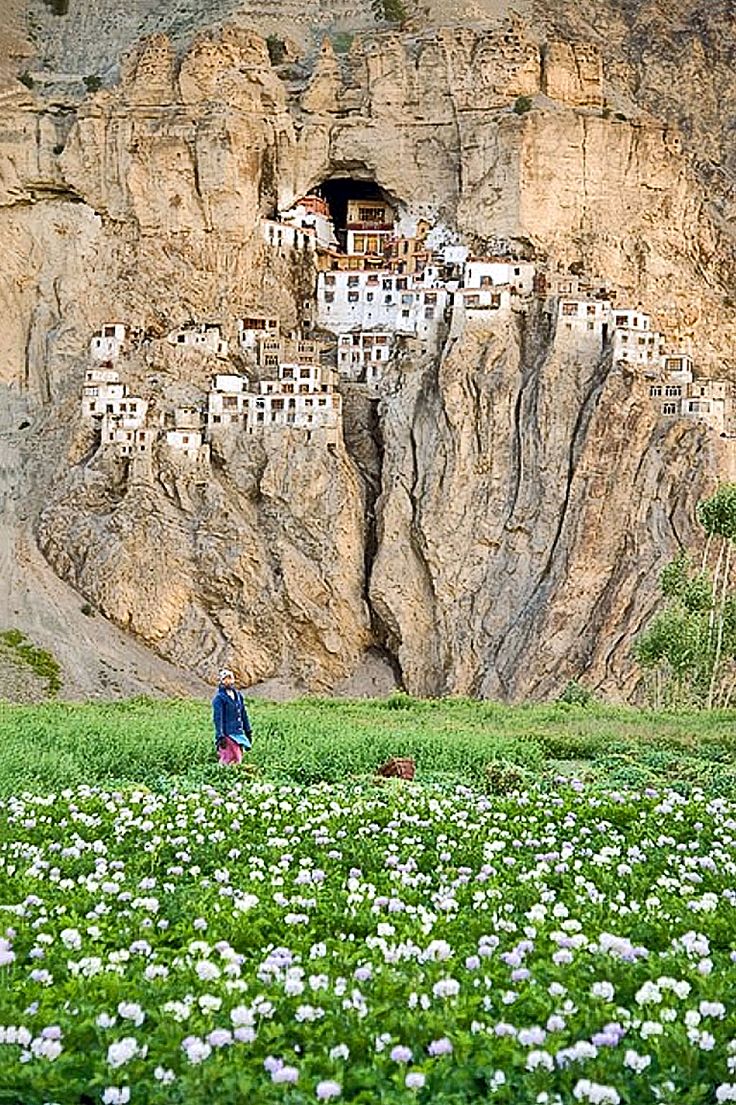
5. Skurbuchan – Apricots and Silence
On the way to the far-flung reaches of western Ladakh, hidden between stretches of rock and river, lies a village that quietly blooms when spring arrives. Skurbuchan, nestled in the lower part of Sham Valley, may not be as famous as Alchi or Lamayuru, but it holds something rare — a harmony of landscape, culture, and silence that leaves a lasting impression on the few who pass through.
Unlike the barren drama of Ladakh’s higher passes, Skurbuchan greets travelers with a softer palette. In spring and summer, the village becomes a living canvas of color — apricot blossoms cover its orchards in delicate pinks and whites, barley fields ripple like waves in the breeze, and the aroma of wild herbs lingers in the air. This is Ladakh’s fertile heartland, where agriculture still sustains daily life and traditions remain gently rooted in the soil.
The village stretches across a wide, sunlit slope, its homes carefully positioned to capture warmth during harsh winters. Built in traditional Ladakhi style with flat roofs and whitewashed walls, the houses seem to grow out of the earth itself. In between them, narrow stone paths lead to prayer wheels, family fields, and quiet benches shaded by fruit trees. Everything here feels measured, intentional — as though time in Skurbuchan flows differently, slower, and more mindfully.
But Skurbuchan isn’t just beautiful — it’s deeply human. The people here are known for their kindness, their openness to travelers, and their pride in heritage. Visitors are often welcomed into homes with a bowl of gur-gur cha (salty butter tea) and fresh khambir, a local bread. There are few guesthouses, and even fewer signs, but what you find instead is a sense of place that goes beyond tourism — it’s about sharing life as it is lived, honestly and generously.
One of the highlights of Skurbuchan is simply walking through it. You’ll pass children carrying schoolbooks, women tending to vegetable patches, and elders sitting cross-legged under poplar trees. There’s no rush here, no urgency. It’s the kind of village where you find yourself lingering longer than planned, perhaps jotting down thoughts in a journal or watching the mountains turn gold in the late afternoon sun.
Skurbuchan is a gentle reminder of what Ladakh has always offered — not just sights, but sensations. Not just monuments, but meaning. It is a place to breathe deeply, walk slowly, and savor the soft rustling of leaves over the louder noise of the world left behind.
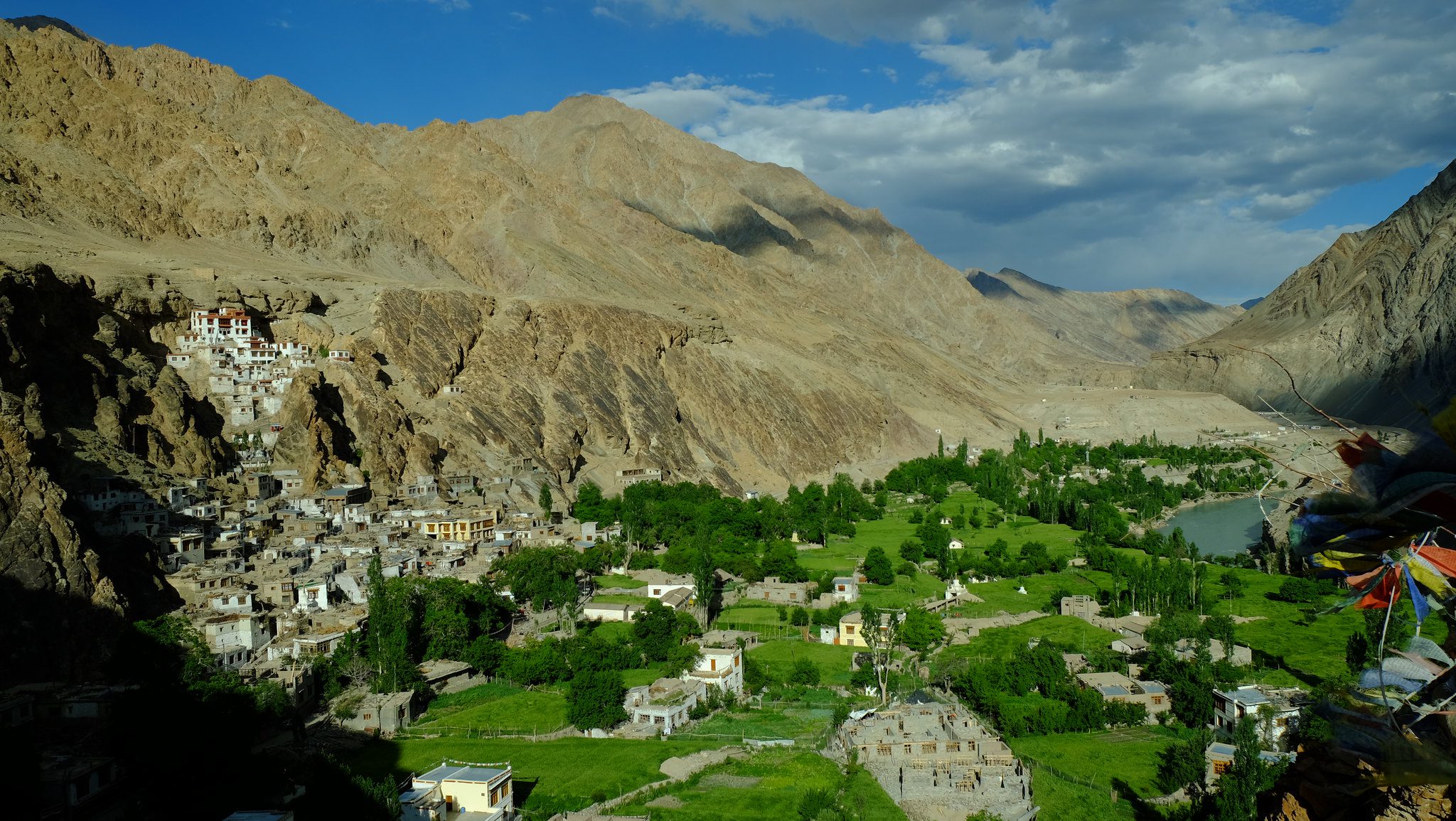
6. Hanle – Stars Above the Silence
At the edge of India, where the landscape begins to blur into the high plains of Tibet, lies a village so quiet, the stars seem to speak louder than the wind. Hanle is not just remote — it is otherworldly. Sitting at over 4,500 meters above sea level in the Changthang region of Ladakh, Hanle offers a celestial stillness found in very few corners of the Earth. It’s a village where sky and silence reign supreme.
What draws many travelers to Hanle is the presence of one of the world’s highest astronomical observatories — an ivory-white dome perched atop a gentle hill, silently scanning the galaxies above. On a clear night, which is nearly every night in this high-altitude desert, the sky is ablaze with constellations. Milky Way bands are visible to the naked eye, and shooting stars seem to fall like rain. For astronomers and dreamers alike, Hanle is a sanctuary.
But the magic of Hanle goes far beyond its stars. The village itself is made up of a small cluster of homes, monasteries, and yak pens, scattered across a wide, open valley surrounded by ochre-colored mountains. Prayer flags flutter in the cold breeze, and the occasional hum of chants from the centuries-old Hanle Monastery reminds visitors that this is a place of both science and spirituality. Here, the sacred and the cosmic coexist.
The people of Hanle are warm and deeply rooted in their land. Predominantly of Changpa heritage — Ladakh’s nomadic pastoralists — they have adapted to life in one of the harshest climates on the planet. Livelihoods are built around yak and goat herding, especially the prized pashmina goats whose fine wool travels the world. And while their lives are simple, they are rich with tradition, resilience, and an unspoken understanding of nature’s rhythms.
There are a few homestays in Hanle, modest but welcoming, where you can spend the night under heavy quilts and wake to the chill of morning frost. There’s no phone signal, and electricity is intermittent at best. But in this disconnection lies a powerful presence — the kind of mindfulness that modern travel often forgets to deliver.
Hanle isn’t a stopover; it’s a destination in its own right. To come here is to embrace solitude, to reconnect with the universe above and the earth beneath your feet. It is the village where stars draw stories across the night, where each sunrise feels like a secret shared only with the mountains. If there is one place in Ladakh that humbles and uplifts you in equal measure, it is here — in the cosmic silence of Hanle.
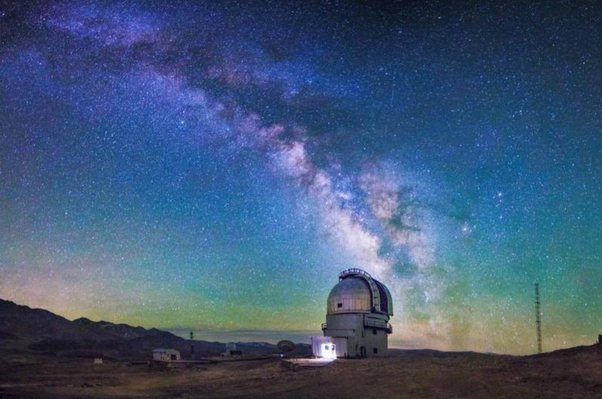
7. Kargyam – In the Heart of Changthang
Far from the main arteries of Ladakh’s tourism routes, across high passes and vast salt plains, lies a village that feels as wild and free as the landscape that cradles it. Kargyam, hidden deep in the remote Changthang region near the Indo-Tibetan border, is not a place you stumble upon — it’s a place you seek out with intention. And in return, it offers an encounter with Ladakh that is raw, beautiful, and profoundly real.
The journey to Kargyam is long and lonely, with dramatic terrain unfolding around every turn. But once you arrive, the reward is immense. The village is a small constellation of stone and mud homes scattered across a high-altitude valley where the wind never sleeps and the sky feels impossibly wide. Life here is shaped by the vastness — people live close to the earth, move with the seasons, and breathe in the deep stillness of the plateau.
Kargyam is home to the Changpa, Ladakh’s nomadic pastoralists. Their lives revolve around herding pashmina goats, yaks, and sheep, migrating with their flocks in search of grazing lands. In summer, you’ll find tent-like rebos (nomadic shelters) dotting the valley floor, with smoke curling up into the cold blue sky. In winter, they retreat to simple homes, relying on stored food, dried cheese, and firewood — their lives a masterclass in resilience.
What makes Kargyam special for travelers isn’t just the untouched landscape or the quiet—it’s the rare chance to witness a way of life that is fast disappearing. You might be invited to sit by a fire with a herder, share a meal of barley and butter tea, or watch children help their parents tether goats at sunset. These are moments of connection that don’t require language, only presence and humility.
Wildlife lovers will find even more to appreciate here. Kargyam lies within a fragile ecosystem that supports rare species like the Tibetan wild ass (kiang), black-necked cranes, Himalayan marmots, and the elusive snow leopard. Early morning walks reveal footprints in the frost, bird calls on the wind, and the golden glow of the sun slipping across empty, undisturbed land.
There are no hotels or cafes in Kargyam. Instead, you’ll find homestays run by families who open their doors to those willing to listen, learn, and slow down. Here, the luxury lies not in amenities, but in authenticity. This is the Ladakh that hasn’t been filtered for Instagram or paved for convenience — a place where the land shapes the people, and the silence teaches you how to see again.
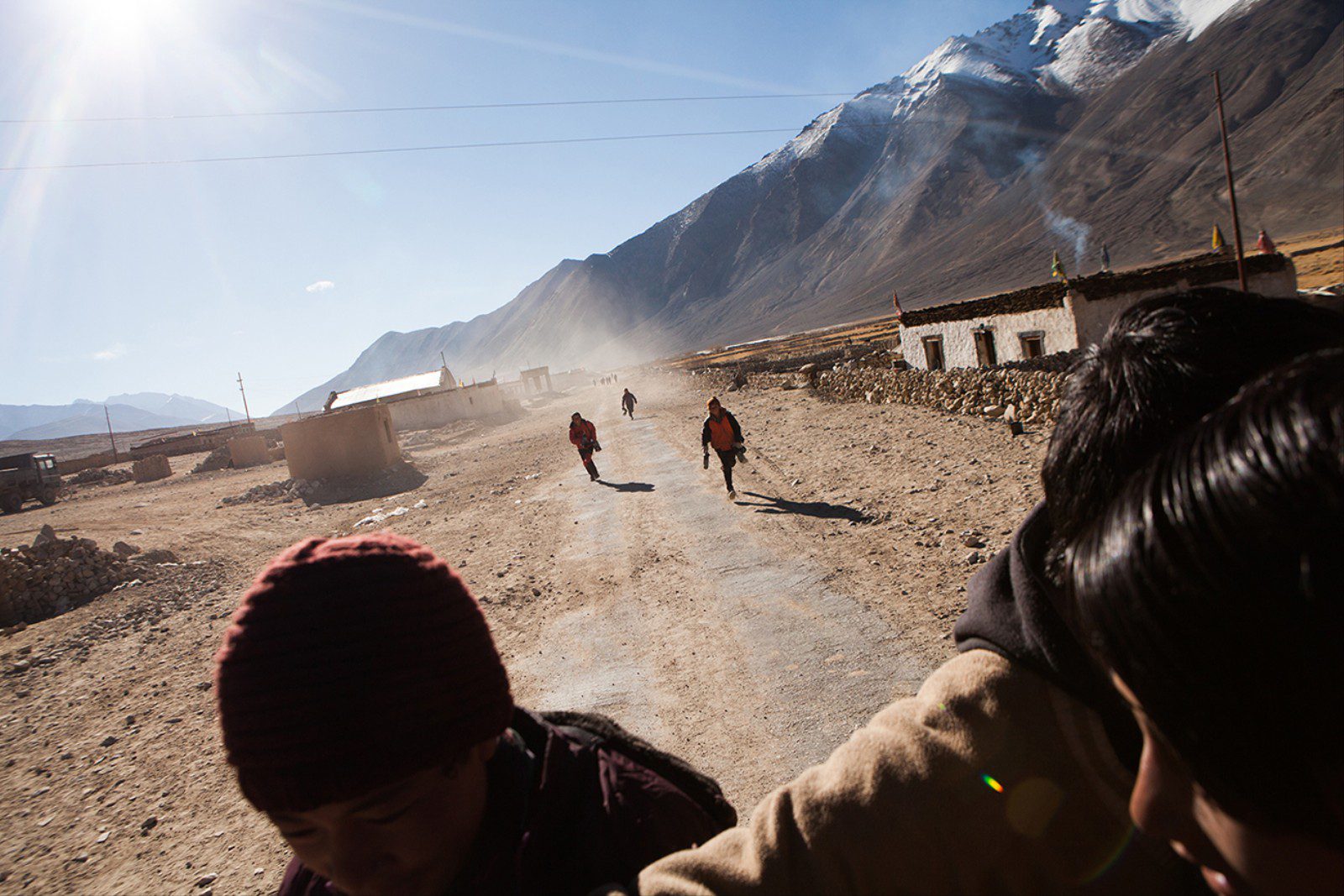
8. Chilling – The Craftsmen’s Village
Along the banks of the mighty Zanskar River, nestled beneath cliffs sculpted by centuries of wind and water, lies a village whose name few travelers recognize — yet whose legacy is embedded in nearly every monastery and palace across Ladakh. Chilling is not just a village; it’s the beating heart of Ladakh’s ancient metalcraft tradition. Here, generations of artisans have quietly shaped bronze, copper, and silver into sacred forms, blending skill with devotion.
A visit to Chilling is a step into a living workshop. The air rings softly with the tap-tap of hammers on metal, and the homes double as studios where artisans craft ritual objects, butter lamps, and statues of deities with astonishing detail. The families here are descendants of Nepalese craftsmen who were invited by Ladakhi kings centuries ago to elevate local artistry. Their knowledge has passed down without textbooks — taught by hand, fire, and eye.
The village itself is modest and peaceful, spread across a slope that opens to panoramic views of the Zanskar valley. The river flows just below, wild and turquoise, while above, eagles glide over ridgelines etched with snow. There are no crowds here, no tour buses, no rush. Just the steady rhythm of tools and the timeless beauty of tradition unfolding at its own pace.
Many travelers arrive at Chilling as part of the famed Chadar Trek or en route to Zanskar, but few stay long enough to absorb the spirit of the place. Those who do are richly rewarded. A guided walk through the village reveals small workshops where molten metal is poured into intricate clay molds, and where artisans polish and finish pieces that will one day be part of sacred rituals across the Himalayas.
If you’re lucky, you might be invited to join a family for tea and hear stories of old Ladakh, when kings commissioned temples and monks came with orders for ritual items. These aren’t just souvenirs — they’re symbols of continuity, of a Ladakhi identity forged in fire, patience, and care.
While Chilling may not boast grand monuments or dramatic landscapes, its value lies in its quiet power — in the hands that shape stories from metal, in the pride of preserving an endangered heritage, and in the deep calm that comes from doing one thing very well, for a very long time. It’s a place to reflect not just on where you are, but on the craft of making meaning — both in life and in travel.
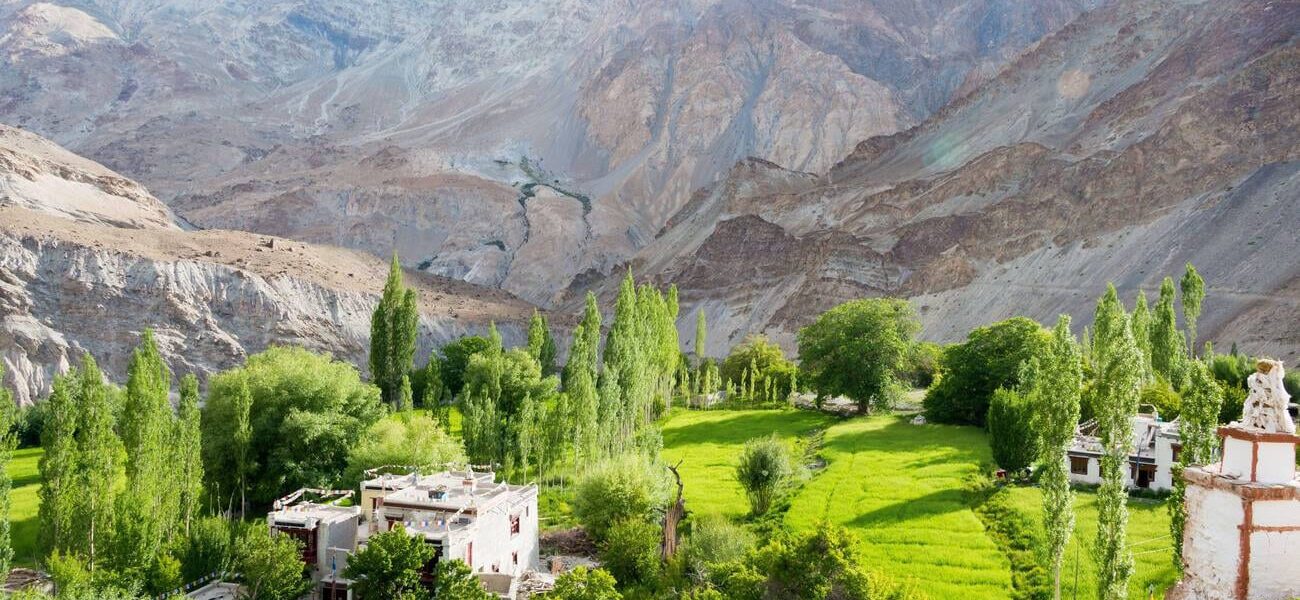
9. Turtuk – A Village Between Worlds
Tucked away in the far northwest of Ladakh, beyond the windswept dunes of Nubra Valley and within earshot of the Line of Control, lies a village that feels suspended between two worlds. Turtuk is unlike any other settlement in Ladakh — not only because of its geography, but because of its layered history, culture, and language. It is a place where borders have shifted, but identity has endured.
Until 1971, Turtuk was part of Baltistan, within Pakistani territory. After the Indo-Pak war, it became part of India — but its people remained the same: Balti-speaking, Muslim, and deeply connected to their roots. As a result, visiting Turtuk feels more like stepping into a Central Asian village than a typical Ladakhi hamlet. The architecture, cuisine, and clothing all reflect a unique cultural blend that you won’t find elsewhere in the region.
The village is nestled in a lush green valley fed by the glacial waters of the Shyok River. Towering apricot and walnut trees line narrow pathways, and traditional stone houses with wooden balconies cluster tightly together, separated by canals and ancient trails. In spring and summer, the village is a riot of color — not only from the blooming orchards but also from the flower-filled turbans and scarves worn by the elders.
Turtuk’s people are its greatest treasure. Known for their warm hospitality, they welcome curious travelers with genuine smiles and stories that span generations. Walk through the village and you’ll be invited for tea, asked to sample homemade apricot jam, or offered a glimpse of a family’s heirloom photographs. The community takes pride in sharing its story — not as a tale of division, but as one of resilience, continuity, and connection.
Unlike many parts of Ladakh that have been shaped by Tibetan Buddhism, Turtuk is predominantly Muslim, with beautiful wooden mosques, simple schools, and a way of life guided by centuries-old customs. This contrast enriches the region’s diversity and offers travelers a rare chance to experience another facet of Himalayan life — one that is peaceful, pastoral, and quietly profound.
For those seeking more than scenery, Turtuk delivers. It is a living archive of cultural memory, a bridge between past and present, and a reminder that borders drawn on maps can never erase the deep-rooted humanity shared across valleys and time. It’s not just a place you visit — it’s a story you carry with you.

10. Shara – The Green Gateway to Rupshu
Just when the world begins to feel distant and the mountains seem to rise endlessly toward the sky, a patch of unexpected green welcomes you with open arms. Shara, a village rarely mentioned in guidebooks, lies quietly along the road to the great lakes of the southeast — Tso Moriri, Tso Kar, and the windswept Rupshu plateau. Often bypassed by travelers rushing toward high-altitude adventures, Shara is the kind of place that rewards those who pause.
Surrounded by undulating barley fields and shaded by poplar and willow trees, Shara feels like an oasis of calm between two extremes: the bustle of Leh behind and the desolate wilds of Rupshu ahead. Its altitude — lower than most of Ladakh’s mountain passes — gives it a more temperate climate, allowing lush summer growth that paints the landscape in hues rarely associated with the Himalayan desert.
The village is compact and traditional, with whitewashed homes, fluttering prayer flags, and long mani walls etched with prayers. It offers an ideal balance of accessibility and authenticity: close enough to reach by road, but distant enough from tourism’s fast pulse. There are no shops catered to foreigners, no cafés or commercial markers — only the sound of wind, the bark of dogs, and the voices of farmers working the land.
What makes Shara especially appealing is its role as a cultural and ecological bridge. It’s one of the last full agricultural villages before the terrain transforms into the rugged, salt-lake-studded expanse of the Rupshu Valley. Many trekkers use Shara as a gentle acclimatization stop, spending a day or two wandering the hills, learning about traditional Ladakhi farming, or simply adjusting to the altitude in the embrace of its green fields and warm-hearted locals.
Staying in Shara means stepping into the rhythm of rural life. You might wake to the calls of shepherds moving flocks across the slopes or spend an evening beside a kitchen hearth with your host family, sipping tea as night gathers outside. The simplicity is not staged — it is sincere, and it is beautiful.
While grand landscapes await beyond, Shara reminds us that not every journey is about reaching the summit. Sometimes, the soul of Ladakh is found in the gentle valleys, in the quiet between destinations, and in the humble kindness of villages like this. Shara may not boast dramatic vistas or ancient fortresses, but it offers something rarer: stillness, sincerity, and the green breath of life amid the mountains.

Conclusion: Ladakh Beyond the Guidebooks
Ladakh is often seen through the lens of its most photographed places — the vast mirror of Pangong Lake, the towering passes of Khardung La, or the iconic monasteries of Hemis and Thiksey. But just beyond the familiar, tucked into narrow valleys, perched above silent rivers, or spread across high-altitude plateaus, lie villages that hold the region’s true soul. These offbeat destinations are not just locations on a map; they are living stories, shaped by time, weather, culture, and an enduring connection to the land.
Whether it’s the quiet resilience of Chiktan’s stone homes, the ancient rituals in Phugtal’s monastery cave, or the celestial hush of Hanle’s skies, each of these ten villages offers more than a view — they offer perspective. A chance to see Ladakh not as a destination to conquer, but as a world to understand. The road less traveled in Ladakh doesn’t just lead to remote corners — it leads deeper into the meaning of travel itself.
As the region opens to more travelers each year, the responsibility to explore mindfully grows. Visiting these lesser-known villages isn’t just about discovering hidden gems — it’s about supporting communities, preserving heritage, and choosing depth over checklist tourism. These places may not have Wi-Fi, room service, or itineraries printed in glossy brochures — and that’s exactly why they matter.
So take a step off the main road. Meet the people who live where the sky meets the earth. Listen. Linger. And let these offbeat villages remind you what made you fall in love with travel in the first place.
Practical Tips for Visiting Remote Villages in Ladakh
- Plan your transport carefully. Many of these villages are not connected by regular taxis or buses. Consider hiring a local driver or guide who knows the terrain.
- Carry cash. There are no ATMs in most offbeat areas, and digital payments may not work.
- Stay in homestays. It supports the local economy and gives you a far richer experience than a hotel.
- Pack responsibly. Bring warm layers, sunscreen, reusable water bottles, and respect the altitude.
- Be culturally sensitive. Dress modestly, always ask before taking photos, and follow local customs.
- Travel sustainably. Avoid plastic, don’t leave trash, and support artisans and local produce.
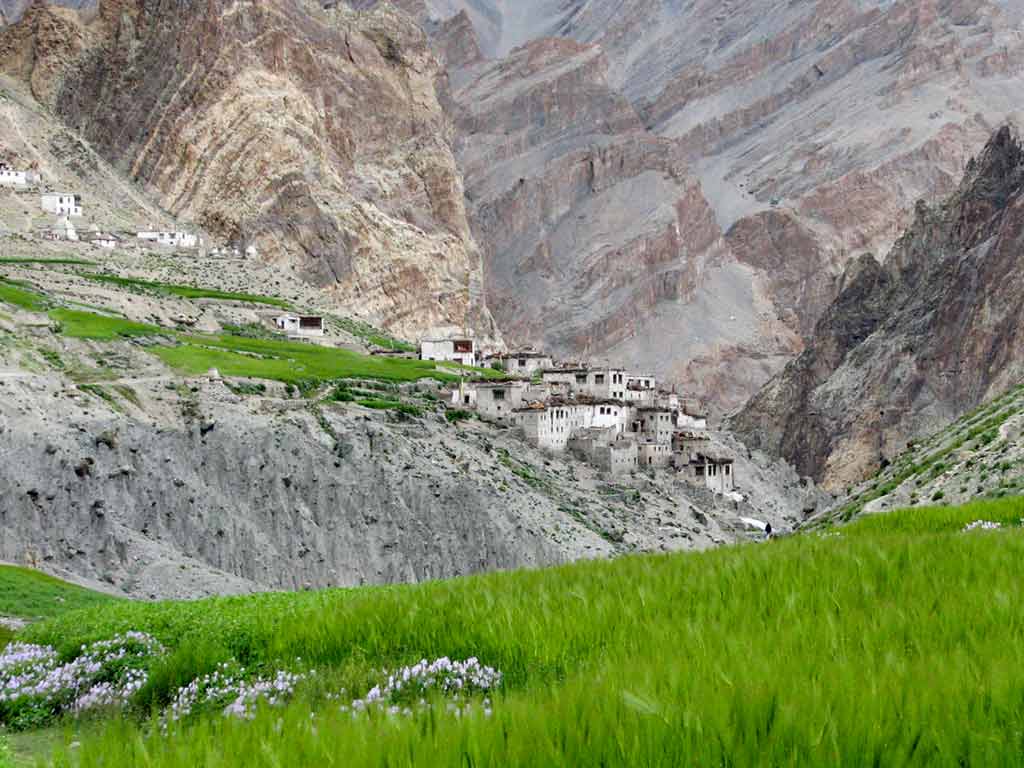
FAQ – Visiting Offbeat Villages in Ladakh
Q: Do I need permits to visit these villages?
A: Some areas like Hanle and Turtuk are near border zones and do require Inner Line Permits for Indian citizens and Protected Area Permits for foreigners. Check current regulations before you go.
Q: What’s the best time to visit?
A: Late May to early October is ideal. Spring (May–June) brings blossoms, while late summer and early autumn (August–September) are perfect for trekking and village stays.
Q: Are these villages suitable for solo travel?
A: Yes, but with preparation. Some areas are very remote, so ensure you have local contacts, pre-booked stays, and updated weather or road conditions. Solo travelers are usually warmly welcomed.
Q: Can I trek between some of these villages?
A: Absolutely. Routes like Chilling to Phugtal or Shara to Rupshu offer beautiful multi-day trekking options. Hiring local guides is highly recommended for safety and cultural understanding.
Q: Are there medical facilities in these areas?
A: Very limited. Carry a personal medical kit, altitude sickness medication, and any prescription medicines. Leh and Kargil are the nearest towns with hospitals.

